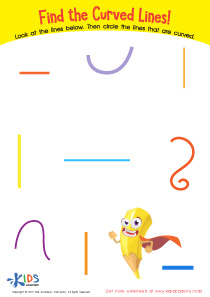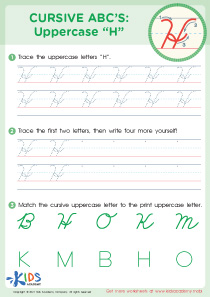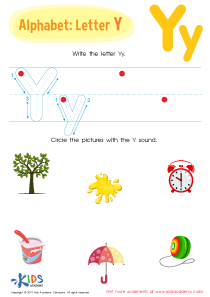Missing Letters Worksheets for Ages 7-9
4 filtered results
-
From - To
Discover our engaging "Missing Letters Worksheets" designed specifically for kids aged 7-9! These worksheets focus on enhancing letter recognition and phonics skills, making learning fun and interactive. Children will loved to connect letters to complete words, boosting their vocabulary and spelling abilities. Ideal for classroom or home use, these worksheets cater to various learning styles, fostering independence and critical thinking. Whether your child is practicing the alphabet or gearing up for more advanced language skills, our ready-to-print resources provide a delightful way to reinforce their knowledge. Download them today and watch your child's confidence soar as they master missing letters!
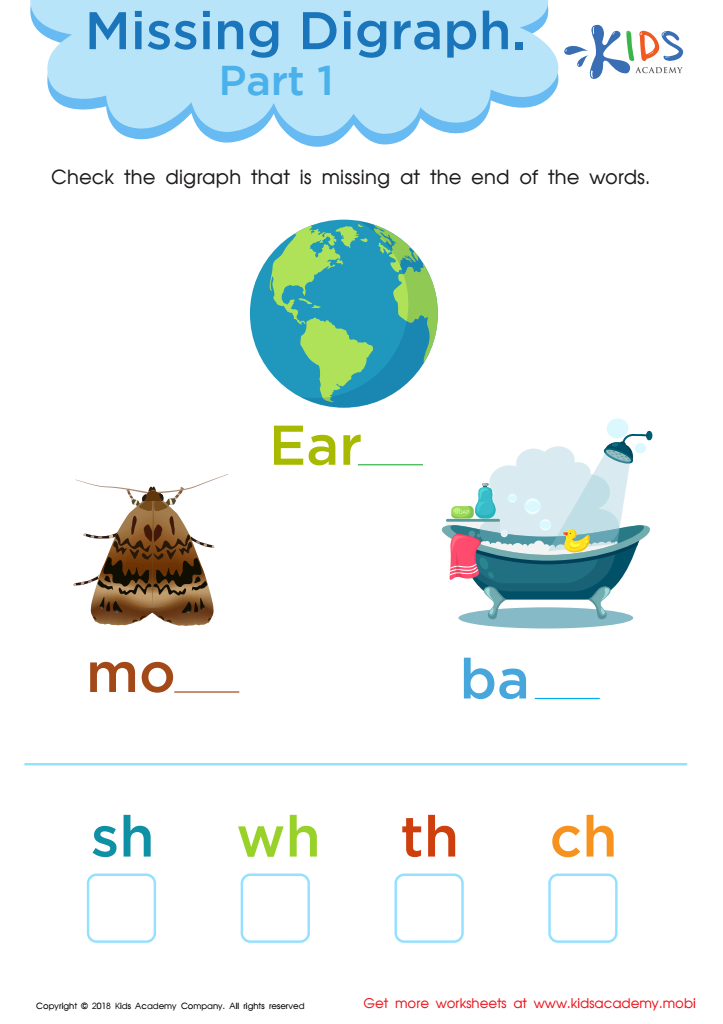

Missing Digraph: Part 1 Worksheet
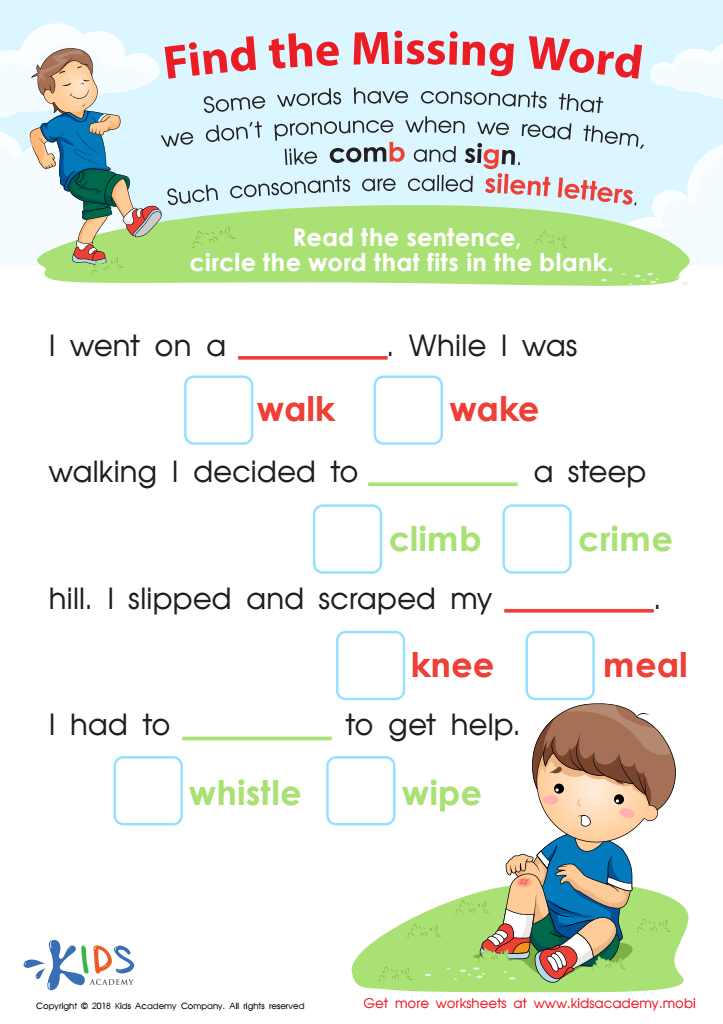

Find The Missing Word Worksheet
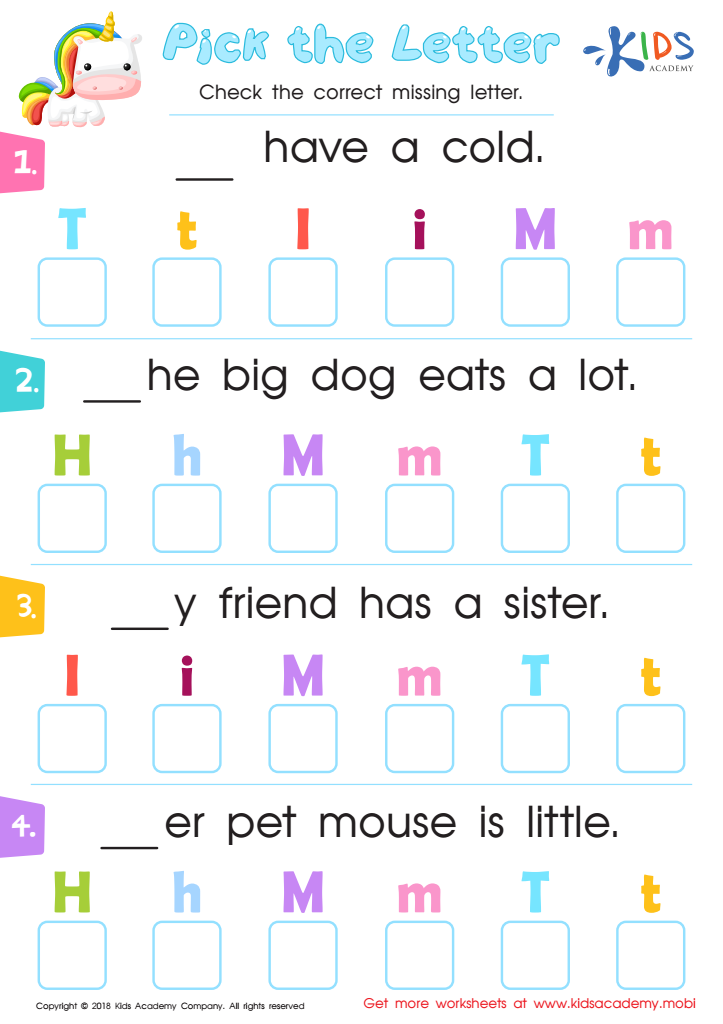

Pick the Letter Worksheet
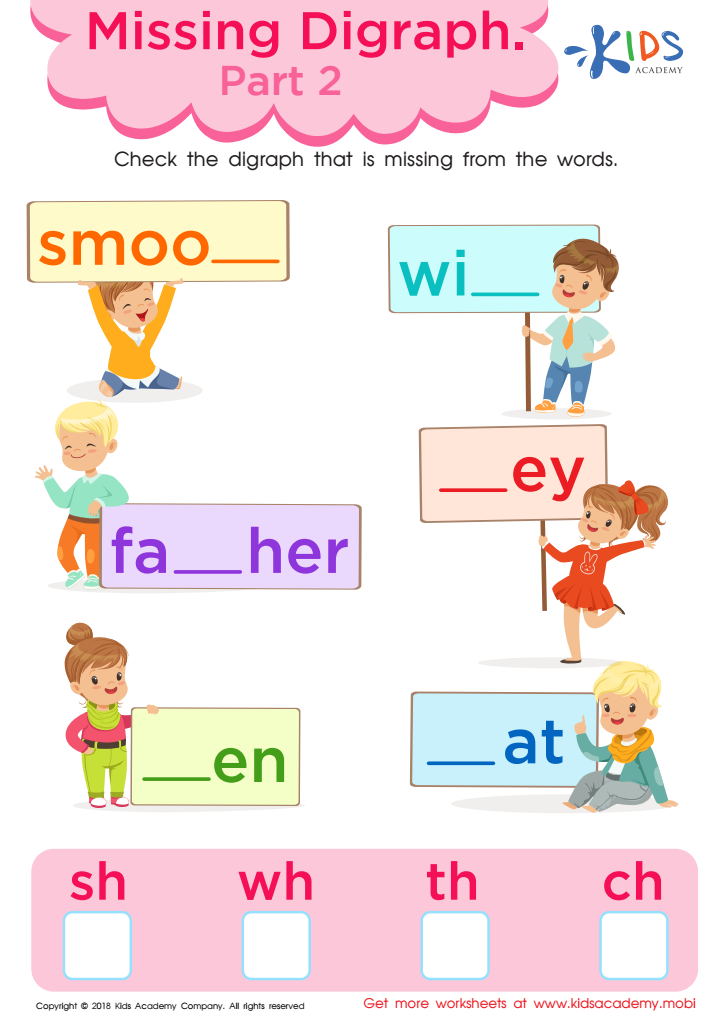

Missing Digraph: Part 2 Worksheet
Missing Letters is an essential tool for children ages 7-9 as it addresses critical literacy skills vital for their academic growth. At this age, children are transitioning from learning to read to reading to learn, making it crucial for them to develop proficiency in letter recognition and phonics. Missing Letters activities provide engaging ways for children to connect letters with sounds and meaning in context.
When children encounter words with missing letters, they practice problem-solving and critical thinking skills. This also motivates them to expand their vocabulary, as they learn to predict and infer meanings of unfamiliar words. Additionally, Missing Letters activities foster fine motor skills through writing practice, enhancing their handwriting abilities.
For parents and teachers, incorporating Missing Letters into learning routines can boost confidence, as children enjoy the interactive nature of the activity, making literacy more accessible and fun. When children recognize and fill in missing letters, they develop a stronger foundation for reading comprehension and written expression, essential for their future academic success. Ultimately, engaging kids in this way builds not only their literacy skills but also a lifelong love for learning, making this a vital educational priority for parents and educators alike.
 Assign to My Students
Assign to My Students




